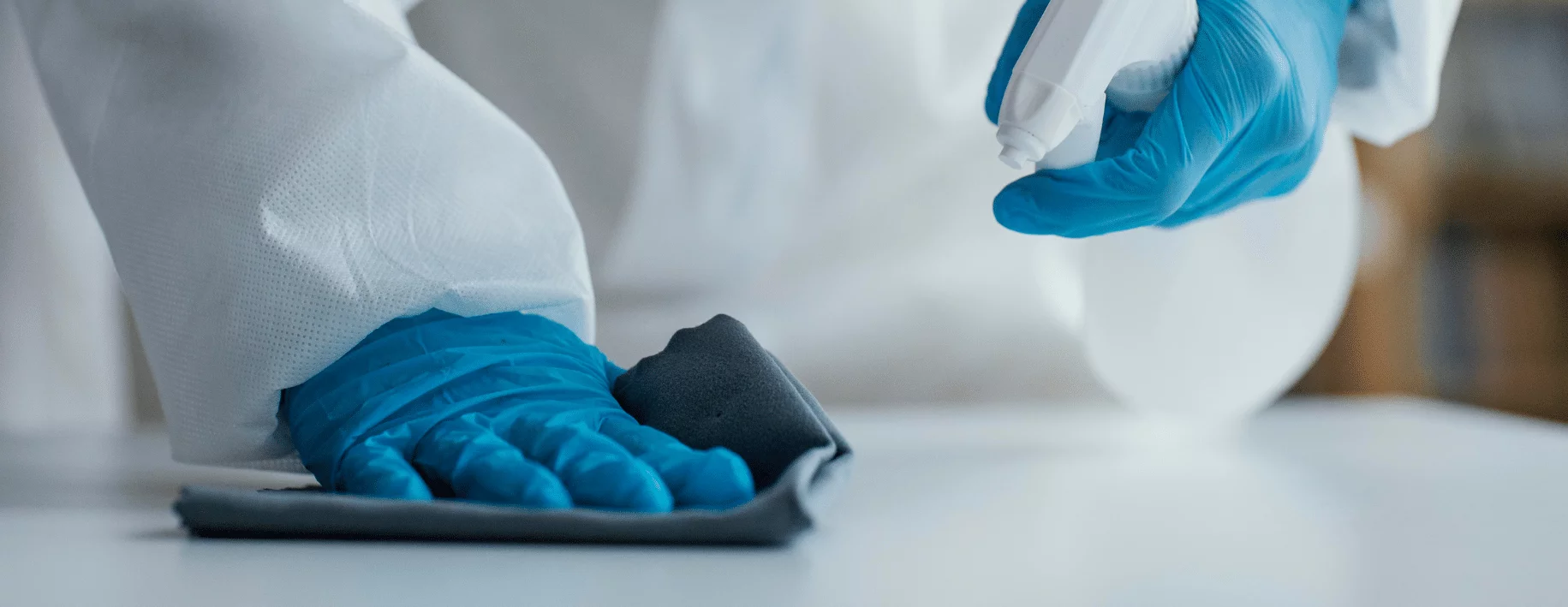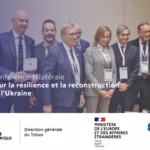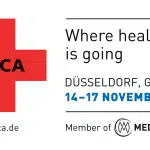Sterilization, disinfection, decontamination… these words are frequently used as synonyms, even though they have very specific meanings. These three words describe processes for reducing the number of microorganisms (microbiological contamination) on medical devices, waste, water, air or surfaces.
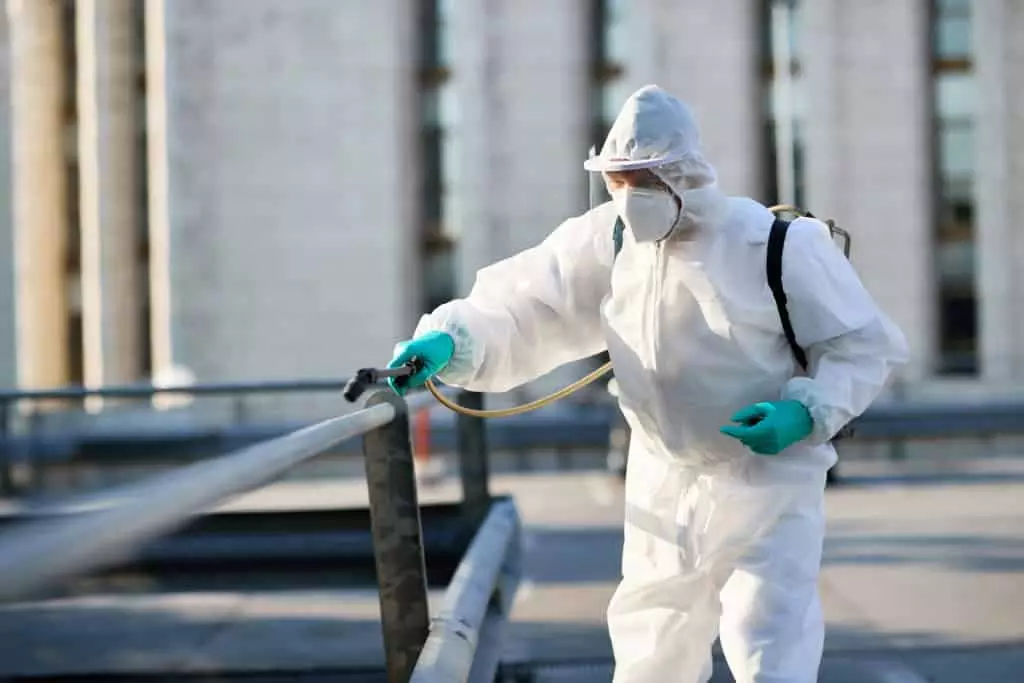
The word “decontamination” is the most generic. The French dictionary definition is “Action tending to eliminate or reduce the agents and effects of any contamination“, so decontamination is not quantified; it’s an action that reduces microbiological contamination from the outset.
Sterilization and disinfection are “decontamination” processes, but they are associated with a requirement for results in terms of reducing initial microbiological contamination. National and international standards define the terms “sterilization” and “disinfection” and, above all, the results expected in terms of microbiological reduction from these processes.

What are the main differences ?
According to the CDC (Center for Disease Control) “Guideline for Disinfection and Sterilization in Healthcare Facilities, 2008, Update: May 2019”: “Sterilization is a process designed to destroy or eliminate all forms of microbial life“. In reality, it is impossible to provide 100% assurance that all microorganisms are destroyed, so in order to test a sterilization process, we proceed on a relative basis, accepting the probability that a single living microorganism may remain, and quantifying the reduction based on an initial microbial load (this is known as the Sterility Assurance Level or SAL). To achieve this, we select a highly resistant microorganism (bacterial spores) and measure the effectiveness of the process on this microorganism. According to the European Pharmacopoeia, the level of contamination corresponding to a product considered sterile (or Sterility Assurance Level, SAL) must be less than or equal to 6log10 (SAL 10-6, in less scientific terms, if you had 1,000,000 microorganisms at the start, you accept the probability that only one remains, an efficiency of 99.9999%).
The same CDC Guide defines disinfection as follows: “Disinfection is a process designed to eliminate most or all pathogenic microorganisms, except bacterial spores, on inanimate objects“. In the medical sector, disinfection is generally achieved using liquid disinfectants (chemicals) or low-temperature thermal processes at around 100°C (pasteurization). Some disinfection processes can have a “sporicidal” effect. In this case, European standards define the requirements in terms of efficacy on bacterial spores, between 3log10 and 5log10. In the most stringent case, a reduction of 5log10 (SAL 10-5) means that out of 100,000 microorganisms at the start, you accept the probability that only one will remain, i.e. an efficiency of 99.999%.)
Sterilization: a proven medical process
In the medical sector, the most widely used sterilization process is pressurized steam (autoclaving at 121°C/134°C). Other processes include dry heat (, ethylene oxide, formaldehyde, plasma (hydrogen peroxide gas) or gamma radiation.
Steam sterilization is the most widely recommended process, as it is simple to implement, effective against microorganisms, non-toxic, penetrates easily and, above all, its efficacy is easy to prove scientifically. Numerous international standards and recommendations (such as ISO 17665-1) define the requirements for the development, validation and routine control of the steam sterilization process.
Each sterilization process must comply with precise physical parameters (pressure, temperature, contact time, etc.) to achieve the required microbiological efficacy.
Temperature is an essential parameter in thermal steam sterilization processes: a treatment is around 10 times more effective at 130°C than at 120°C 100 times more effective at 130°C than at 110°C. Consequently, the higher the temperature, the shorter the exposure time.
However, for thermal processes using dry heat, exposure times and temperatures need to be much higher to achieve the same efficiency.
By way of example, here are the sterilization times and temperatures commonly used for healthcare sterilization technologies :
Steam sterilization
- 121°C – 20-30 minutes
- 134°C – 3-4 minutes
- 134°C – 18-30 minutes (in some countries for ATNC-prion risk cycles)
Dry heat sterilization
- 150°C – 150 minutes
- 160°C – 120 minutes
- 170°C – 60 minutes
Heat treatment cycles using temperatures below 121°C are more commonly used in the food industry: pasteurization (60-100°C), appertization (115°C-140°C) and are not intended for “sterilization” but rather for food preservation.
According to the same CDC Guide :
“Steam sterilization is the preferred method for sterilizing critical medical devices […] and all devices that are not sensitive to heat and humidity. Steam sterilizers are also used in hospitals for the decontamination of infectious risk waste and sharps containers […].“
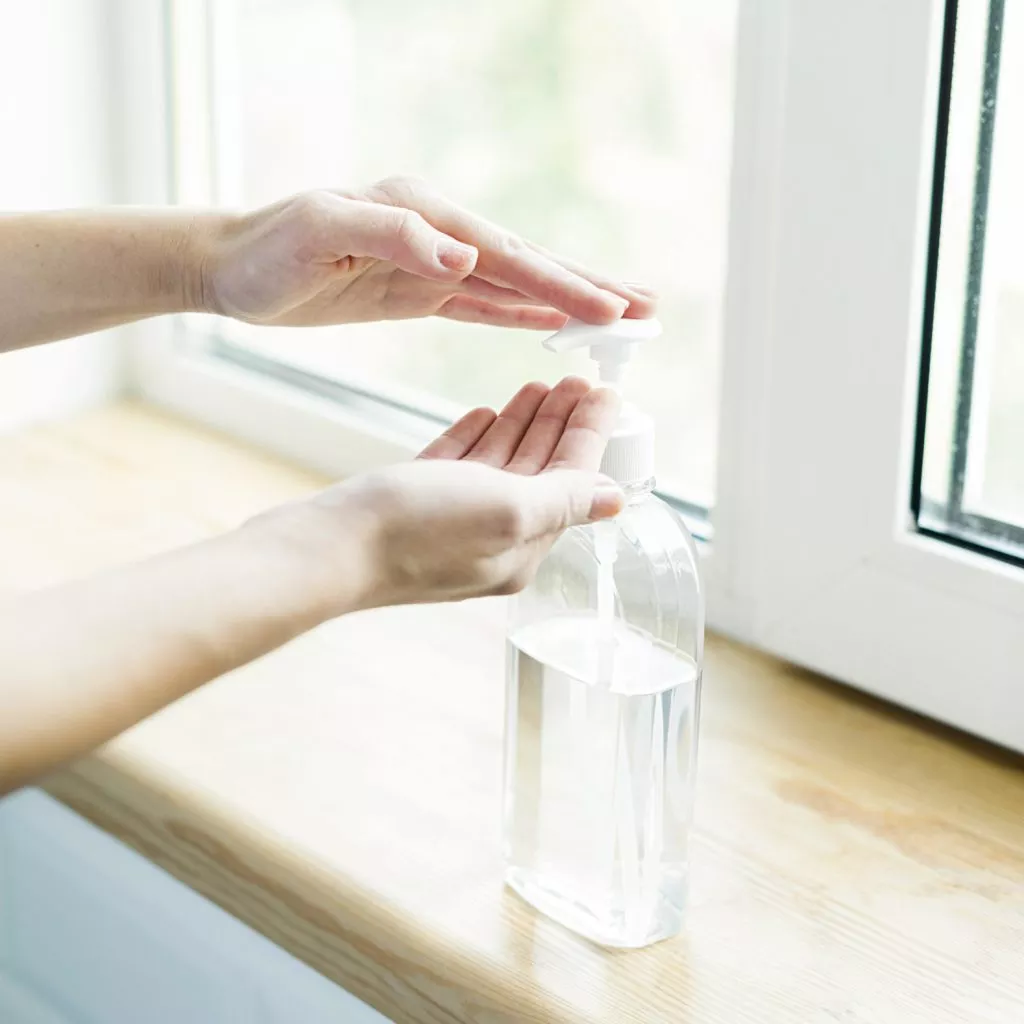
For materials that cannot withstand heat, alternative technologies are used, such as liquid disinfectants (“sterilizing” chemicals), hydrogen peroxide (plasma), formaldehyde, filtration (for air or liquids), ionizing radiation or ethylene oxide (the last two reserved for use in industrial facilities).
Other technologies, initially intended for other applications, are also used in the medical field. These include ozone and microwaves, but their use on medical devices remains very limited, given that their level of effectiveness is largely dependent on conditions of use, and is difficult to prove in everyday use.
Steam sterilization decontamination technology used in Tesalys systems
The infectious risk waste treatment cycles used in STERIPLUS™ and STERISHRED® shredder-sterilizers are pressurized steam sterilization processes at 135°C.
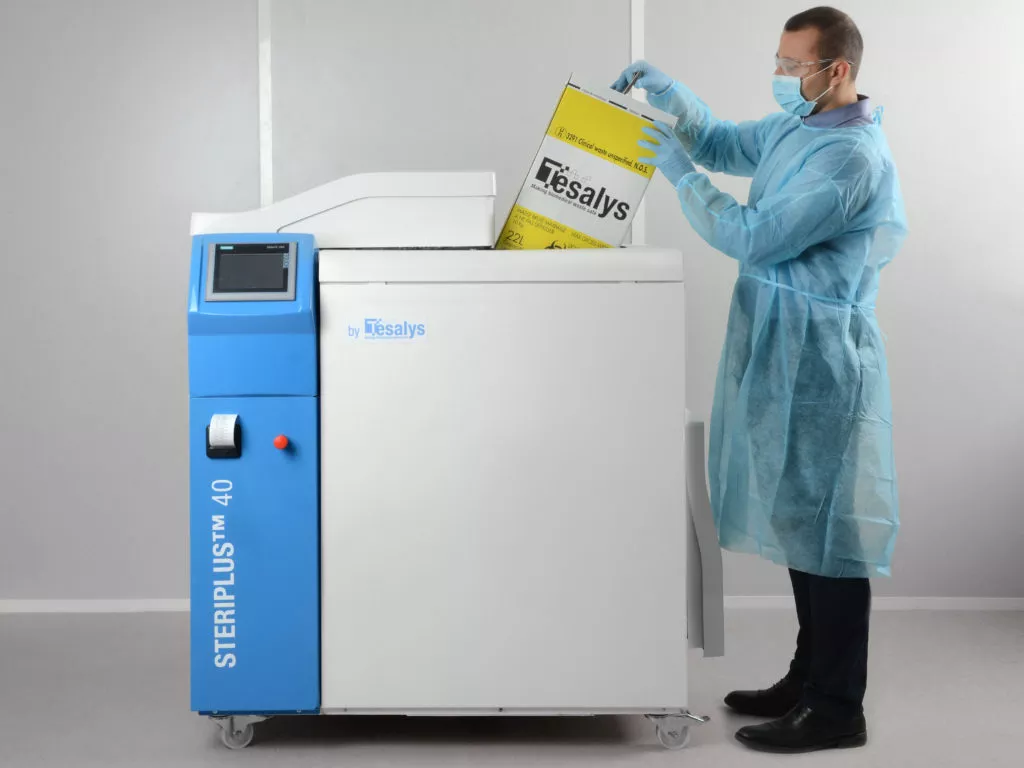
The microbiological effectiveness of the cycles is increased tenfold by the prior grinding of the pre-vacuum waste carried out to eliminate air in the chamber before the processing tray. As a result, steam can easily penetrate to the core of the waste, and temperature homogeneity in the chamber is guaranteed. Tesalys systems are equipped with two programs: 135°C, 10 minutes (standard) / 135°C, 20 minutes (high risk), and their effectiveness has been tested by independent laboratories in accordance with standards NFX 30503-1, EN 554, ISO 17665-1, STAATT, and guarantees up to 8log10 (SAL 10-8) effectiveness on bacterial spores.
Decontamination now holds no secrets for you! Sterilization remains the safest and best-known decontamination process for medical systems. Combined with our shredding technology, infectious waste is transformed into simple, harmless waste in less time than it takes to get to the nearest incineration center.
Choose the Green alternative, treat your infectious waste on-site!


